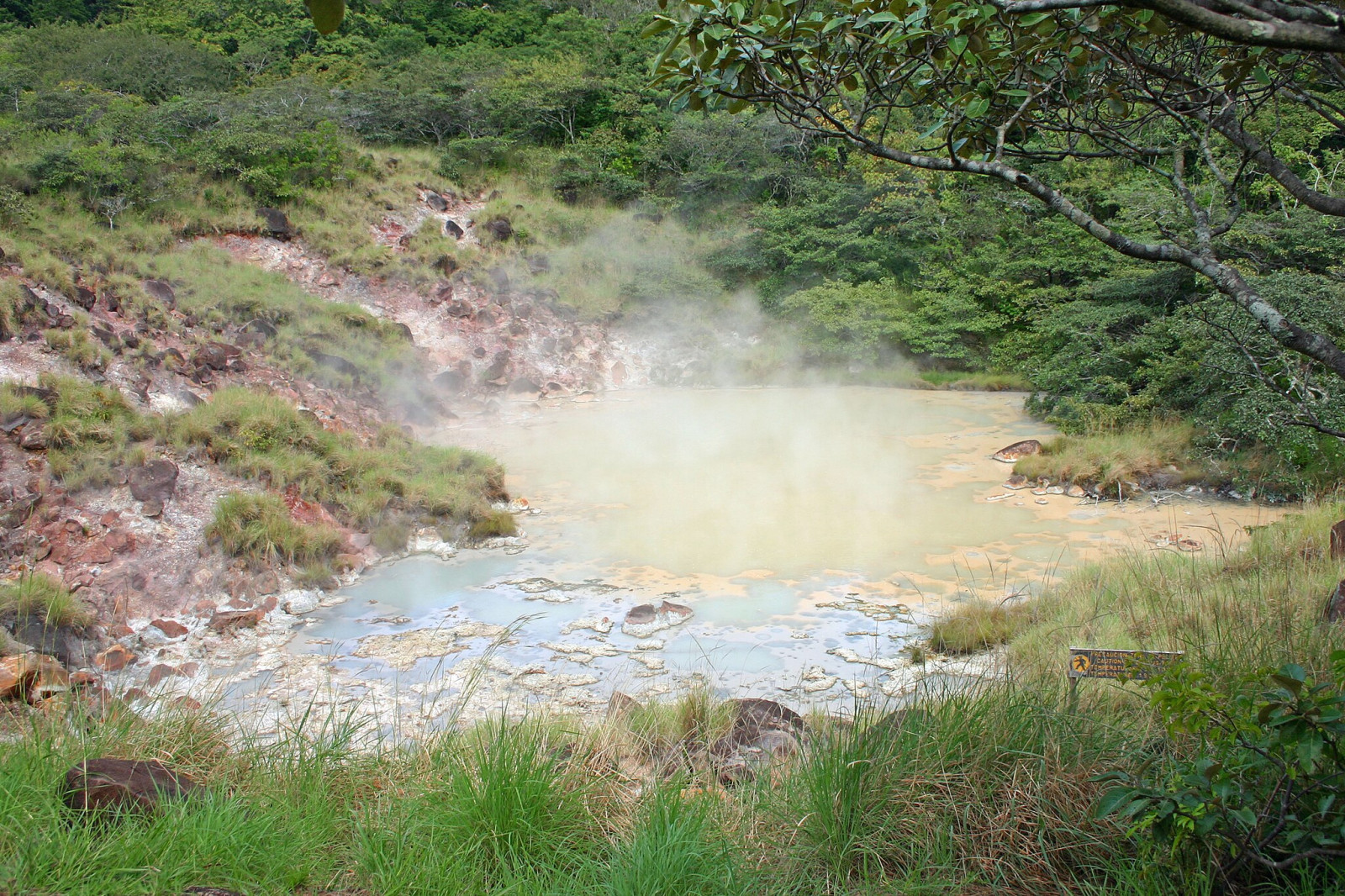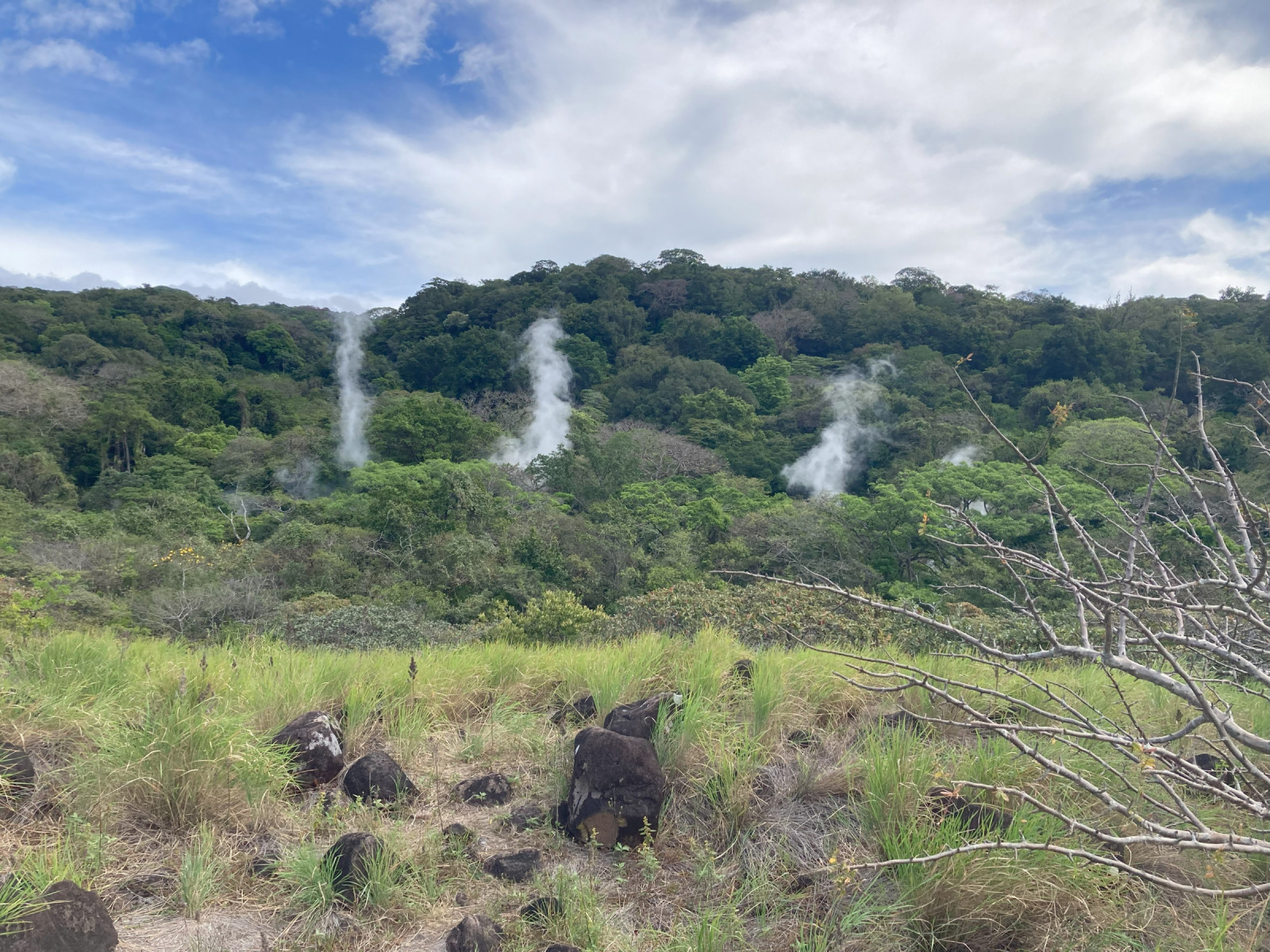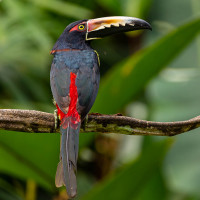Opis
Rincón de la Vieja National Park centers around the massive 1916 meter high Rincón de la Vieja volcano, the largest and most active volcano in the Guanacaste region. While still considered active, it’s safe for visitors. In the whole park you can clearly see the volcanic activity in the form of mudpots and fumaroles. You can also see amazing waterfalls and lush vegetation.
The park has over 300 species of birds. The dry forest of Rincón de la Vieja offers beatiful views of several birds such as Lesson's Motmot, Common Pauraque, Elegant Trogon, Keel-billed Toucan, Yellow-eared Toucanet, Collared Aracari, White-throated Magpie-Jay and Long-tailed Manakin.
Szczegóły
Dostęp
Rincón de la Vieja National Park is located in Guanacaste Province of the northwestern part of Costa Rica. The park entrance is 25 km away from the biggest city nearby Liberia. Parking is very easy because there is a big parking next to the giftshop. Press P in the map for directions. The park is open from Tuesday to Sunday, from 8:00 am to 3:00 pm and closed on Mondays. Entrance fee is about $ 17 (2024).
The Las Pailas Loop that is indicated on the map is a 4 km circular walk.
 by Dominic Sheron via Wikimedia Commons.jpg)


 by Dominic Sheron via Wikimedia Commons_0.jpg)

